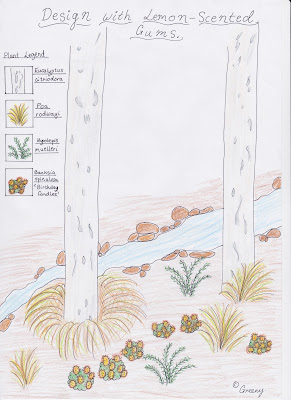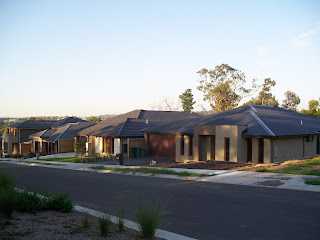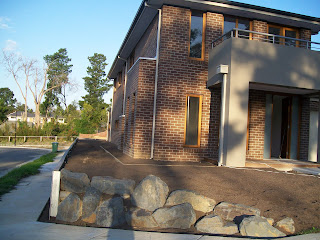Morus nigra
When I moved to my new house, I didn’t know what the names of the plants were that we had. When summer came around, I discovered that a smallish tree at the front of our house had berries on it that looked like they could be edible, but I wasn’t sure if they were. I soon learnt from our neighbour that they were edible and that the tree was in fact a mulberry tree. The leaves on this tree were really bright green in summer, but now they are turning yellow and losing their leaves because it’s now autumn.
Back in summer the tree had lots and lots of mulberries on it, which I collected. I used the berries to put on top of things such as icecream, pavlova and cheese cake, and in desserts like apple crumble. It tasted absolutely delicious. I think that mulberries can also be used in jams as well. I’ve also learnt that mulberry trees take about five or more years for them to actually start fruiting, which obviously means that this small tree is about five or more years old.
Overall, I believe that mulberry trees are great plants to have in a backyard (so as long as there is plenty of room for it when it gets really big). It not only produces tasty food, but when it gets older it will provide great shade in the garden on hot summer days.
References
j-Web Design & Development 2010, The Mulberry, informative webpage, j-Web Design & Development, viewed 27 May 2012,
<http://www.j-web.com.au/jpage/mulberry-tree-mulberries.aspx>.
The University of Melbourne 2012, Morus nigra, The University of Melbourne, Parkville, viewed 27 May 2012,
<http://www.bpg.unimelb.edu.au>.


































